
Early life on Earth
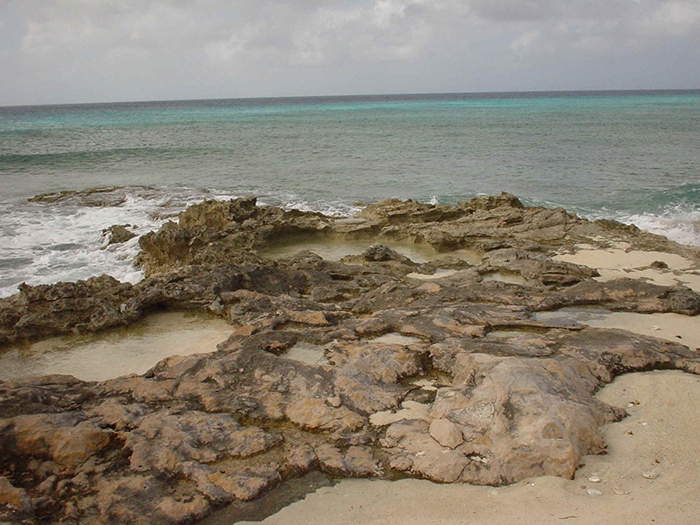
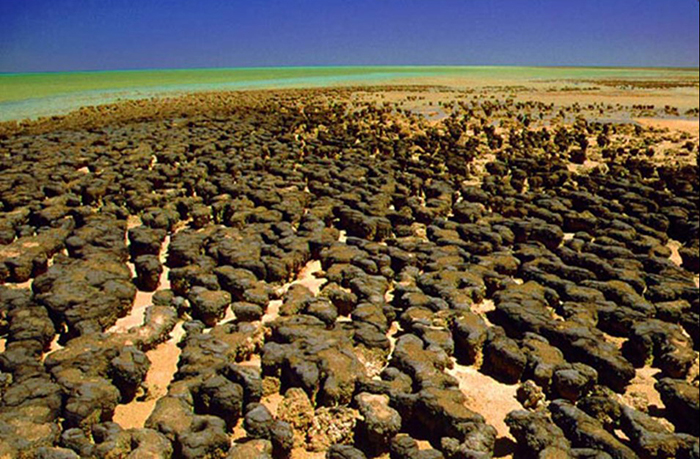
These stromatolite fossils found in Shark Bay in Australia are very old evidence of life on Earth. These mounds were created by microbes 3.4 billion years ago.
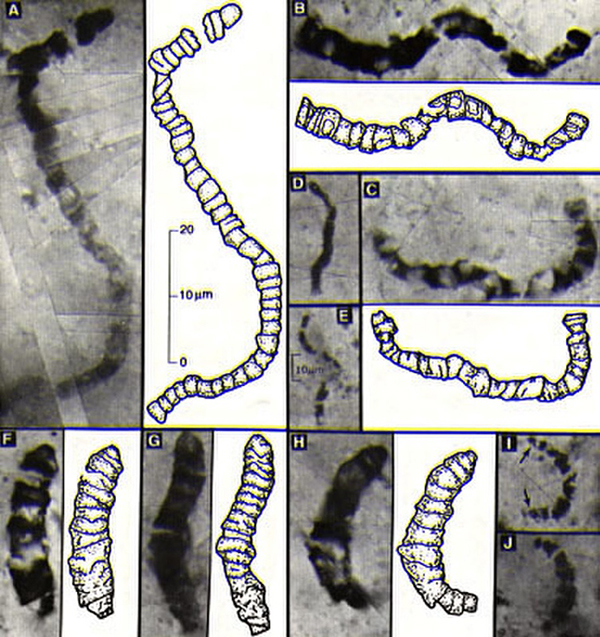
Image credit: J. William Schopf/UCLA
These fossil microorganisms were discovered in an ancient rock in western Australia dated at nearly 3.5 billion years old. That makes them among the very oldest known specimens of life on Earth. There are five species of microorganisms present in the rock. This suggests that life must have originated on Earth well before this, since there was already differentiation of species evident. Three of these microorganisms belong to a kind of organism that no longer exists, since they could not live in the presence of oxygen. They must have lived before oxygen-producing algae transformed Earth's atmosphere.

This ancient fossil microorganism was believed to have consumed methane.
The fact that fossil microorganisms showing diversity are some 3.5 million years old means that life must have originated when the solar system was 1 - 1.5 billion years old, much earlier than was previously thought. This discovery increases the probability of life arising in other places in the universe. The idea here is that the shorter the time involved for the origin of life, the more likely it is to arise.
Our Sun is about 5 billion years old, and we believe that the universe is about 13.8 billion years old. This means that the universe was about 9 billion years old when our solar system was formed. There could have been solar systems formed around stars much earlier than this. It is possible that life arose on a planet in one of these systems much earlier than life arose on Earth. It is possible that there could be civilizations more advanced than ours by a billion years ago. If you consider the advancements we have made in the last billion years, it would be hard for us to imagine how advanced civilizations billions of years older than ours could be.
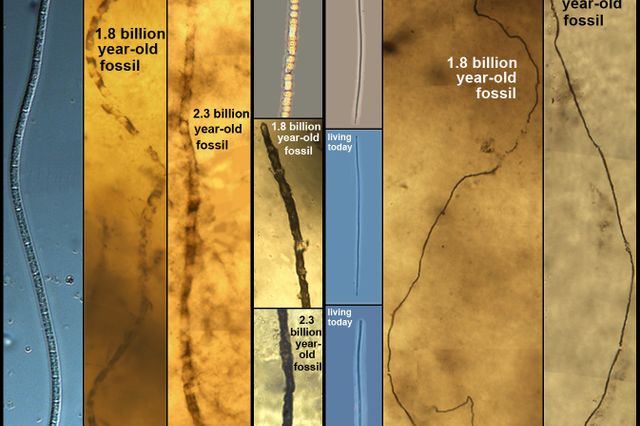
Image credit: UCLA Center for the Study of Evolution and the Origin of Life
It is important to note that a timeline of evolution is very difficult to establish, as some species do not evolve once they arise. In a study performed by Dr. J. William Schopf these fossil microbes sampled at the times shown and compared with present-day microbes have not changed in billions of years. If an organism is stable and well-suited to its environment, and the environment itself does not change, there is no reason for the organism to evolve its form.
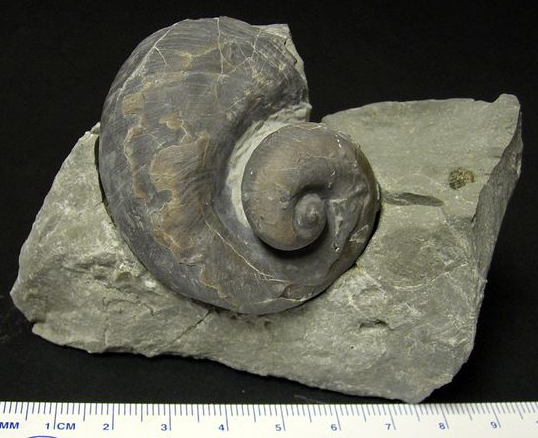
For example, fossil snails are relatively very common fossils, and they often appear to be very similar to present-day snails. This implies that the form and function of a snail is very well-suited to its environment and there was little need for evolutionary change. Other forms of life have obviously changed a great deal in the same amount of time.
The primordial sea that gave birth to life on Earth could be similar to environments on many planets in our galaxy and in the universe as a whole. If life exists elsewhere, it could exist in many places. Either our planet is unique or one of many. Since we don't yet understand what life is, and have not found it elsewhere, we really don't know which is true.